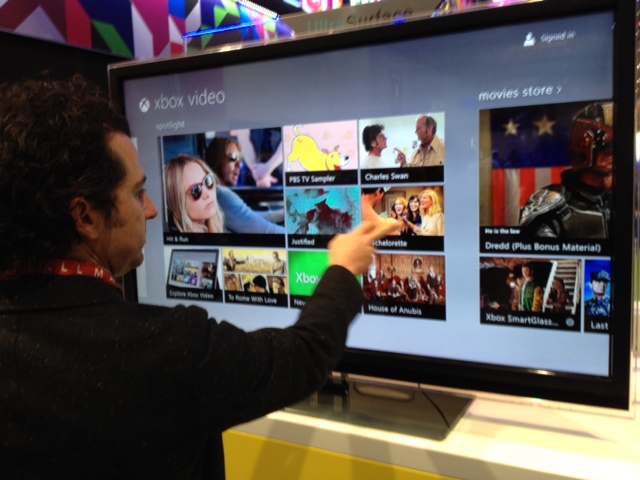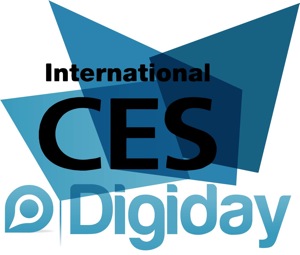
Keep up to date with Digiday’s annual coverage of the Consumer Electronics Show (CES) in Las Vegas. More from the series →
 Digiday is at the Consumer Electronics Show. Lead agency reporter Jack Marshall will examine the show through the eyes of agencies and their clients, exploring the opportunities and challenges that new technologies and devices offer them. Follow Jack on Twitter @jackmarshall.
Digiday is at the Consumer Electronics Show. Lead agency reporter Jack Marshall will examine the show through the eyes of agencies and their clients, exploring the opportunities and challenges that new technologies and devices offer them. Follow Jack on Twitter @jackmarshall.
CES 2013 is now at its midway-point. Agencies and brands have had two whole days to lap up the new technologies on display, and to think about how they might be best used to interact with the consumer of the future. Some of the key themes from the week so far have included:
In-car apps
Apps are everywhere at CES. Soon they’ll be coming to a car dashboard near you. Earlier this week Ford announced plans to release an open-source development kit to let programmers craft software for its vehicles, like news and entertainment tools, and that’s had the show buzzing with ideas about what the future of in-car software may bring. Agency attendees were quick to point out some of the potential opportunities for brands in the area. One suggested a brand such as Nike might wish to develop a navigation app geared towards fitness-related locations, for example, while another suggested brands with close ties to the entertainment community such as Coca-Cola or Pepsi might see an opportunity to feed branded audio and music experiences into vehicles.
Smart(er) TVs
“Smart TVs” have been garnering attention at CES for years, and it’s no different this time around. Manufacturers such as LG and Samsung are here once again showing off their latest app platforms and the software that’s being developed for them. But this time around marketers seem a little more interested in the potential they could offer, especially in light of the “second-screen” craze that’s sweeping the industry. At this point seemingly everyone agrees that consumers aren’t happy with just watching TV shows anymore; they want to interact with them, too. Whether that interaction happens on a smartphone or tablet or on the TV itself remains to be seen, but the combination of TV and data on one screen certainly has agencies intrigued.
Cord-cutters’ heaven
All over CES there are examples of new and innovative ways that could help consumers get around having to pay a cable operator for their TV content. Many of the set-top boxes, hardware plugins, and even the TVs themselves on display here are firmly geared towards on-demand viewing. That’s left many in the media world wondering: What’s the future of TV advertising?
Home automation
Centralized home control and home automation products have been on the market for a while, but large manufacturers like LG are getting in on the game now. Imagine controlling every aspect of your home — lights, TVs, heating — from a smartphone application or a touchscreen device? The prospect has marketers licking their lips, too. Detailed information about consumers’ in-home behavior could prove invaluable for them when it comes to understanding what makes them tick, and more importantly what they want.
Flexible screens
Wednesday’s biggest news was Samsung’s “Youm” flexible display, which it demonstrated bending round the side of a phone whilst still playing video content. Exactly what type of products and devices these screens might render possible remains unclear, but everyone appeared to agree that the idea was a pretty cool one anyway.
More in Media

A timeline of the major deals between publishers and AI tech companies in 2025
Here’s a list of all the major deals signed between publishers and AI tech companies in 2025.

No playbook, just pressure: Publishers eye the rise of agentic browsers
For the bulk of publishers, Google is, as ever, the one to watch. It’s already got agentic features within its Chrome browser, but that’s the tip of the iceberg, some say.

The biggest SEO lessons in 2025 for publishers
KPIs are changing, more AI search data is becoming available, and publishers are looking beyond search to grow their audiences and revenue.





